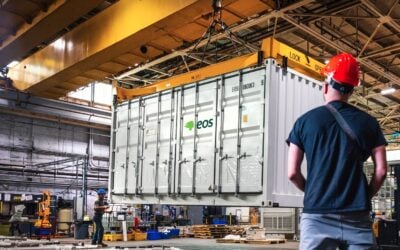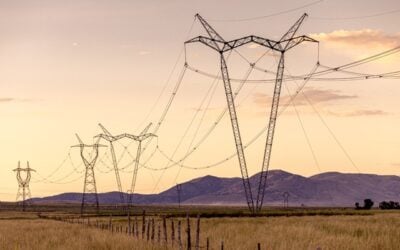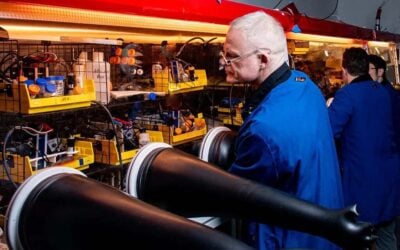
Pacific Northwest National Laboratory (PNNL) has launched the construction of a research facility for exploring new energy storage technologies.
The Grid Storage Launchpad will have space for 35 research laboratories, offices for 105 staff and testing chambers to assess new storage technologies up to 100KW under ‘realistic conditions’. It will have a focus on long-duration technologies and is expected to be ready for occupancy as soon as 2023.
Enjoy 12 months of exclusive analysis
- Regular insight and analysis of the industry’s biggest developments
- In-depth interviews with the industry’s leading figures
- Annual digital subscription to the PV Tech Power journal
- Discounts on Solar Media’s portfolio of events, in-person and virtual
Senator Maria Cantwell joined others in helping break ground on the site yesterday (21 April). Investment in the facility will total US$75 million, of which the bulk will be provided by the DOE along with US$8.3 million from Washington state’s Clean Energy Fund (CEF).
“The Launchpad will help us make America’s grid more reliable and resilient, lead the world in inventing and exporting clean energy products, and accelerate the transition to a cleaner energy system,” said Cantwell.
“The Grid Storage Launchpad facility will boost clean energy adaptation and accelerate the development and deployment of long-duration, low-cost grid energy storage,” added Gil Bindewald, acting principal deputy assistant secretary at DOE’s Office of Electricity.
The CEF money was specifically for advanced research instruments to glean new insights into the real-time behaviour of battery materials. PNNL used it to purchase two state-of-the-art Thermo Fisher electron microscopes and a Thermo Fisher spectrometer to view changes to battery materials as they charge and discharge.
The launch of the facility comes amidst fervent debate about the place for alternatives to lithium-ion in long-duration storage. It is widely agreed that alternatives to li-ion for long-duration are needed, and billions have been invested in pre-revenue companies launching novel solutions, but there is some debate as to the threshold of duration at which alternatives become cost-effective.
The recently-formed Long Duration Energy Storage Council claims that long-duration energy storage technology has the potential to deliver 85-140TWh of storage by 2040.
See a video from PNNL about the Grid Storage Launchpad below.






